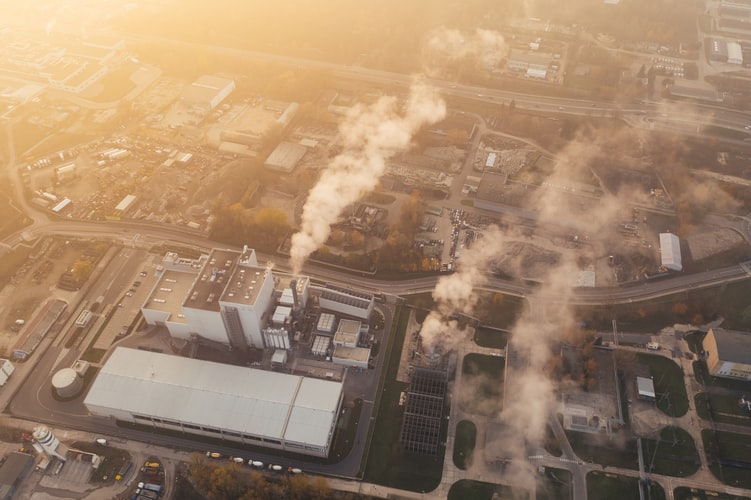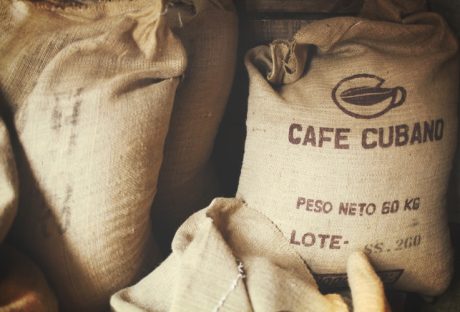Carbon capture projects, and storage projects, abbreviated as (CCS projects), is a climate change mitigation process whereby CO2 emitted into the atmosphere from industrial processes or power plants is recycled. The availability of carbon capture enables the continued use of fossil fuel in generating electricity as it is possible to reduce carbon emissions. For us to achieve a significant reduction in carbon emission, large amounts of CO2 need to be captured and stored.
CO2 gas emission is the leading cause of global warming as it brings about the greenhouse effect, which negatively impacts the environment. Globally there are three main carbon capture methods which are: post-combustion, oxy-combustion, and pre-combustion. These capture methods are applicable in various industrial processes like cement and clinker production, water desalination, oil and gas refinery, iron, and steel industry.
Don’t forget to reach out, why we should care about the environment.
Drawing from the Intergovernmental Panel on Climate Change (IPCC) 2020 data, carbon capture helped capture and store about 40 million tonnes of CO2 globally from power plants and industrial facilities. In order to achieve net-zero emissions by 2050, the carbon capture and storage rate should increase at least 100 folds.
Many countries in the world embrace carbon capture like Australia, China, Korea, Algeria, Norway, Netherlands, the Middle East, New Zealand, and the most being in the United States and Europe.
Most of the carbon dioxide captured and stored in natural gas plants, iron and steel industries, or coal fields is transported via pipelines to oil fields and used in Enhanced Oil Recovery (EOR). The wise decision for oil and gas field owners is to consult with professionals with a vast knowledge of CO2 enhanced oil recovery.
Consulting companies like Melzer Consulting offer their services to clients like oil producers, CO2 source companies, and research organizations. Some of the resources and projects include transmissive fracture detection, wettability, residual oil zones. CO2 EOR and C02 ROZ school.
Carbon Capture Projects Around the World
Let’s explore some of the carbon capture and storage projects around the world:
1. Petrobras Lula, Brazil
Lula oil field is one of the largest ultra-deepwater oil and gas producing fields in the Santos Basin. This oil field produces about a million barrels of oil per day as of 2019 and is expected to reach its peak by 2021. Since 2013, the oil and gas field has incorporated carbon capture; about 0.7 million tonnes of CO2 are recycled and used in enhanced oil recovery annually.
2. Boundary Dam, Saskatchewan, Canada
The Boundary Dam is a coal-fired plant located in Estevan, Saskatchewan, Canada, and has six production units. The coal-fired plant was commissioned in 1959. In 2014, the Boundary Dam Power Station completed its carbon capture unit. The captured project used carbon for Enhanced Oil Recovery (EOR).
Installation of the carbon capture and storage equipment helped convert Unit 3 into a reliable producer of clean-base electricity in the province. The plant is responsible for capturing a million tonnes of CO2 emissions per year.
3. Petra Nova CCS project, Texas, US
The WA Parish power station burns coal and gas. The plant has partially retrofitted post-combustion carbon capture equipment. This unit generates 240 MW and captures about 1.4 million tonnes of carbon per annum. The gas is transported via pipeline to West Ranch Oil Field and used for enhanced oil recovery.
4. Abu Dhabi CCS Project, United Arab Emirates
Abu Dhabi is the pilot plant with commercial carbon capture and storage facilities in the iron and steel industry. Carbon dioxide is a by-product of the production of steel and iron metals. Instead of emitting the CO2 into the atmosphere, it is captured and transported via pipeline to the region’s National Oil Company and used for EOR. Over 40% of the gas emitted proves helpful in crude oil production.
5. In Salah, Algeria
Salah is an operational onshore gas plant that began its carbon dioxide stripping and storage back in 2004. The CO2 is captured and filtered during natural gas extraction. The plant was suspended in 2011 over concerns of possible leakage. The plant had stored about 3.5 million tonnes of CO2 in a saline aquifer. The site is currently valuable for monitoring, modeling, and verification for future storage.
6. Uthmaniyah Demonstration Project, Saudi Arabia
The Uthmaniyah demonstration project was operational from 2015. Its primary purpose was to capture about 0.8 million tonnes of carbon dioxide released at the world’s largest oil field, Ghawar. The captured gas is transported via a 70km pipeline to the oil fields and used in EOR.
7. CNPC Jilin Oil Field, China
The CNPC Jilin oil field was China’s first carbon capture project in Jilin province. The source of CO2 is a nearby gas field responsible for extracting about 22.55% of natural gas. The separated carbon dioxide is transported via pipeline and injected in EOR at the low-permeability oil field. So far, the project has injected over 1.1 million tonnes of carbon dioxide.
8. Quest, Alberta, Canada
The Quest carbon capture project is a joint venture between Marathon, Shell, and Chevron Oil designed to capture about a million tonnes of CO2 gas. The hydrogen production facility was designed to convert bitumen from oil sands into synthetic crude oil. CO2 gas is a by-product in the hydrogen production process, and the unit captures, transports, and stores the gas in a deep saline aquifer.
9. Gorgon Injection Project, Australia
The Gordon Project is one of the most significant natural gas projects in the world. As of 2020, the project produces an average of 2.1 billion cubic feet of natural gas. The carbon capture unit will capture about 3.3 million tonnes of CO2 stripped from the natural gas. The carbon dioxide is stored in a saline aquifer.
10. Sleipner, Norway
Sleipner is an offshore gas field initiated in 1996. The CO2 separated from the natural gas is stored in the Utsira saline aquifer, about 800-1000m below the ocean floor. This large-sized reservoir accounts for about 600 billion tonnes of stored CO2.
It is safe to say that carbon capture, utilization, and storage are being embraced by many countries globally. The acknowledgment of the importance of capture, removal, and storage of carbon leads to the launch of carbon capture projects around the world. With the help of new policies and carbon capture, the results may have a significant climate impact.
Carbon Capture Efforts in the Future
Although carbon capture technologies have yet to be deployed on a large scale, the number of projects under development across the world has been steadily increasing. This is due to a combination of greater private sector ambition and more supportive policies. However, we will need much greater investments and governmental assistance to successfully decarbonize by implementing CSS at the scale required.
Read Also:






















